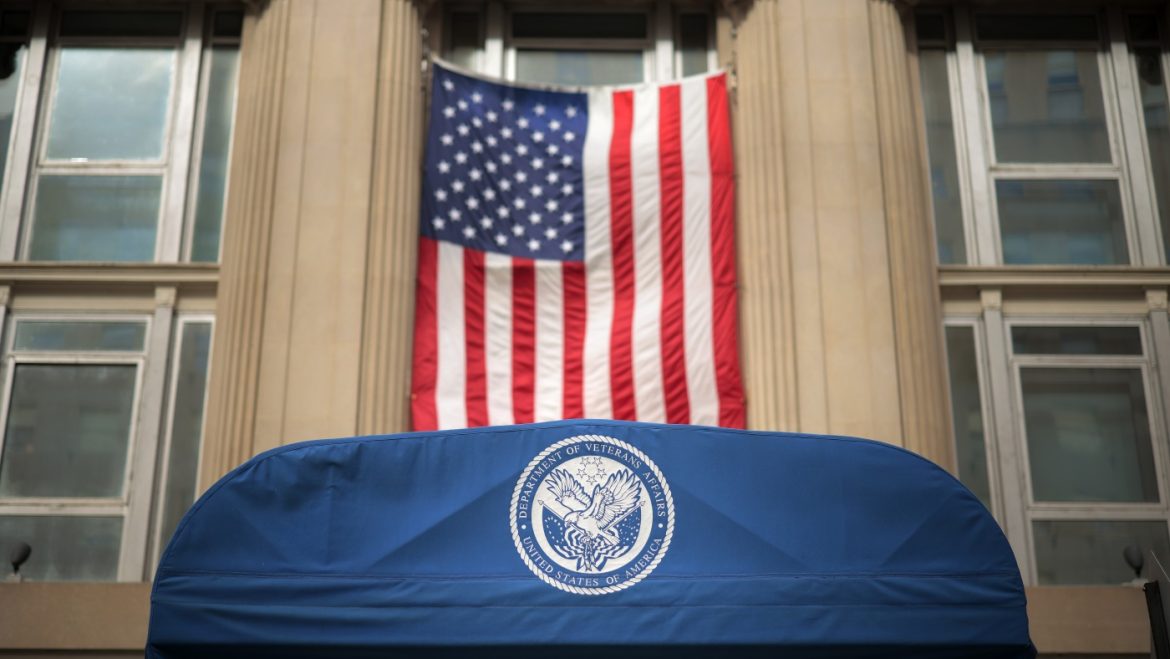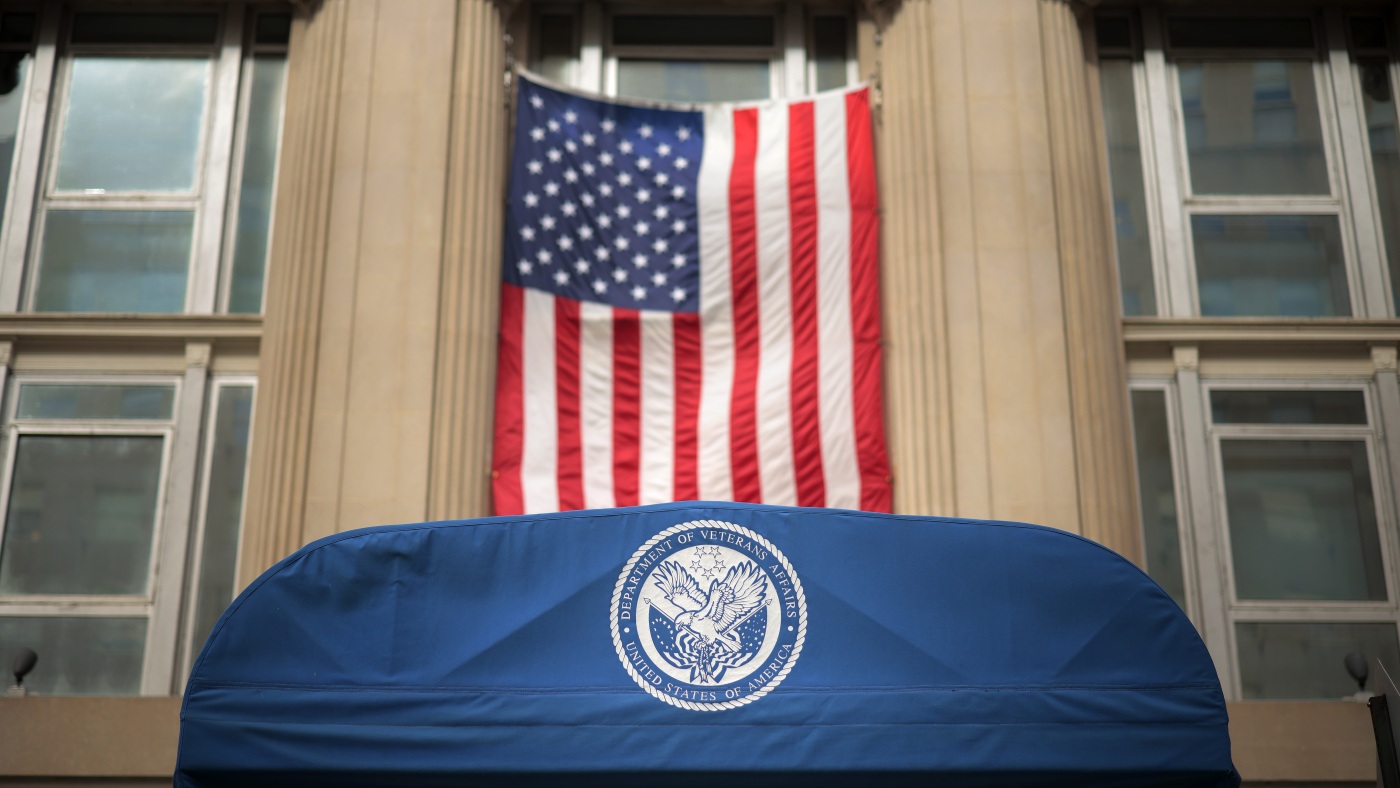The Legacy and Future of VA Research
The Department of Veterans Affairs (VA) has long been a pioneer in medical research, contributing significantly to advancements that have benefited not only veterans but the broader population. From the development of CT scans to the innovation of pacemakers, VA research has been at the forefront of medical breakthroughs. However, this legacy is now under threat due to proposed budget cuts and job reductions. This report delves into the historical impact of VA research, the current threats it faces, and the potential consequences of these cuts.
Historical Impact of VA Research
Pioneering Medical Innovations
The VA’s research initiatives have led to numerous medical innovations that have revolutionized healthcare. Two of the most notable contributions are the development of CT scans and pacemakers.
CT Scans
Computed Tomography (CT) scans, originally known as CAT scans, were developed through VA research. These scans provide detailed images of the body’s internal structures, enabling more accurate diagnoses and treatments. The technology has been instrumental in detecting and managing a wide range of medical conditions, from cancer to heart disease.
Pacemakers
Pacemakers, devices that regulate the heart’s rhythm, were also a product of VA research. These small, battery-operated devices have saved countless lives by correcting irregular heartbeats. The innovation of pacemakers has significantly improved the quality of life for patients with heart conditions, allowing them to lead more active and healthy lives.
Beyond Medical Innovations
The impact of VA research extends beyond these two groundbreaking technologies. The VA has been instrumental in advancing our understanding of post-traumatic stress disorder (PTSD), traumatic brain injury (TBI), and other conditions that affect veterans. This research has not only improved the care provided to veterans but has also informed broader medical practices.
Current Threats to VA Research
Despite its impressive track record, VA research is now facing significant threats. The Trump administration has proposed cuts that could severely impact the VA’s research capabilities.
Proposed Budget Cuts
The administration’s plan includes cutting more than 70,000 jobs from the Department of Veterans Affairs. These job cuts would likely affect research personnel, leading to a reduction in the number of studies and projects that can be undertaken. Additionally, hundreds of contracts are at risk, which could further limit the VA’s research capacity.
Impact on Funding
Congress authorized nearly $1 billion in VA research last year, but this funding is now under threat. The proposed cuts could lead to a significant reduction in research funding, making it difficult for the VA to continue its innovative work. This could have far-reaching consequences, not just for veterans but for the broader medical community.
Potential Consequences of the Cuts
The proposed cuts to VA research could have serious implications for both veterans and the general public.
Reduced Medical Advancements
With fewer resources dedicated to research, the pace of medical innovation could slow down. This could mean fewer new treatments, diagnostic tools, and medical technologies, impacting the quality of care for veterans and the broader population.
Increased Health Disparities
Veterans already face unique health challenges due to their military service. Reduced research funding could exacerbate these issues, leading to increased health disparities. Veterans might have less access to cutting-edge treatments and technologies, further widening the gap in healthcare quality.
Economic Impact
The VA’s research initiatives also have economic benefits. They create jobs, stimulate local economies, and contribute to the development of new industries. Cuts to VA research could lead to job losses and economic stagnation in communities that rely on VA facilities.
The Need for Continued Support
Given the historical impact of VA research and the potential consequences of the proposed cuts, it is crucial to advocate for continued support.
Advocacy and Awareness
Raising awareness about the importance of VA research is essential. Advocacy efforts can help garner public support and pressure policymakers to maintain or increase funding for VA research. Veterans’ organizations, medical professionals, and community leaders can play a significant role in this advocacy.
Policy Recommendations
Policymakers should consider the long-term benefits of VA research when making budget decisions. Investing in VA research is not just about supporting veterans; it is about advancing medical science and improving healthcare for everyone. Policies that prioritize research funding can ensure that the VA continues to be a leader in medical innovation.
Conclusion
Preserving a Legacy of Innovation
The legacy of VA research is one of innovation and progress. From CT scans to pacemakers, the VA has made significant contributions to medical science. However, this legacy is now at risk due to proposed budget cuts and job reductions. The potential consequences of these cuts are far-reaching, impacting not only veterans but the broader medical community and economy. It is crucial to advocate for continued support and investment in VA research to preserve this legacy and ensure that future medical breakthroughs continue to benefit all. The stakes are high, and the need for action is urgent.


